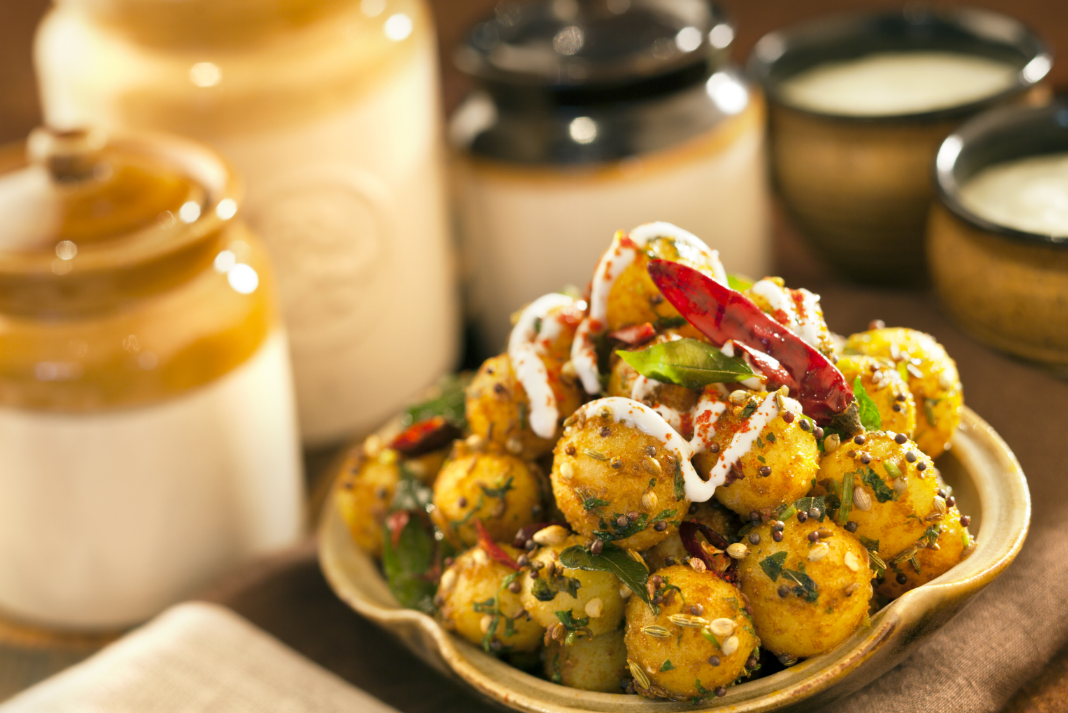A seed that is small, matte-black, has a rough surface and an oily white interior, Nigella seeds also called as onion seeds or Kalonji, packs a punch courtesy its distinct flavour and taste profile.
Nigella has been used since a long time by Asian herbalists and pharmacists and there are reports that it was used for culinary requirements by the Romans. It has many names like black cumin, nigella and its scientific name is Nigella sativa. Called kalonji in Hindi, it belongs to the buttercup family of flowering plants. It is also a common ingredient in Middle Eastern cuisine and belongs to the same family as caraway and dill or parsley. These seeds are also known to repel certain insects and can be used like moth balls! The name nigella is derived from the Latin nigellus or niger meaning black. These tiny little seeds are very similar to black sesame in appearance but are a bit more angular in shape.
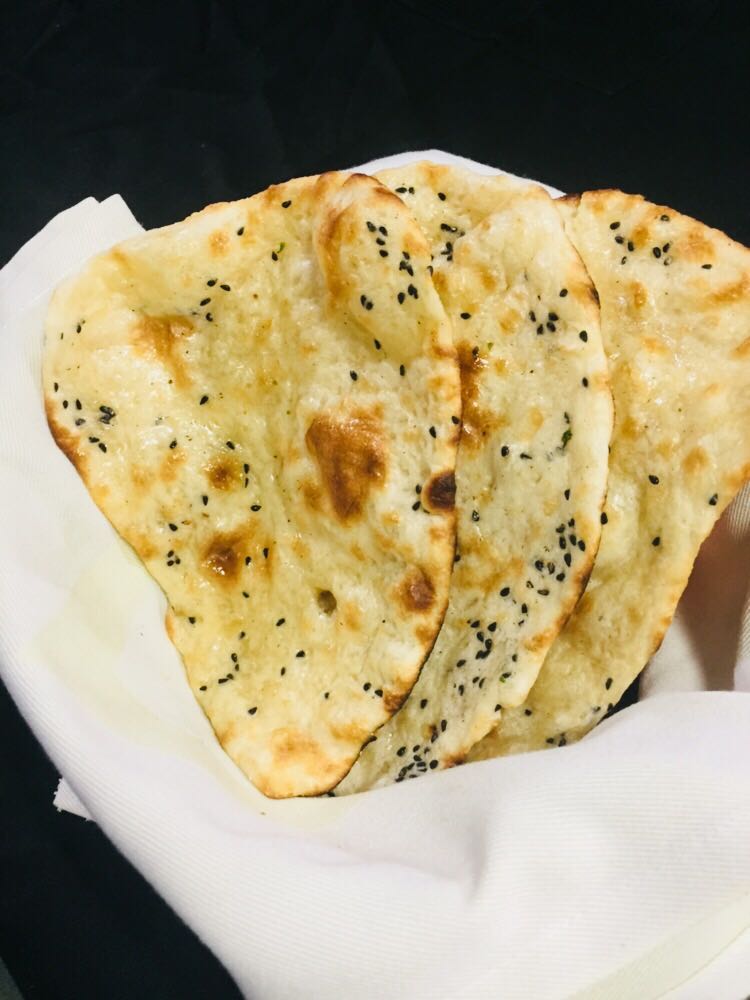
Flavour Feast
Nigella is widely used in Indian cuisine and finds use especially in mildly braised lamb dishes like korma. It adds a punch to vegetable and dal dishes and is also used as an ingredient in chutneys. The seeds are sprinkled on top of naan breads before baking. “Nigella is one of the five spices in panch phoran and is also part of some versions of garam masala. In the Middle East nigella is added to bread dough. Give them a quick toast in a dry skillet to bring out the most flavour. Nigella seeds can be sprinkled on all manner of vegetable dishes and salads, from a simple stir fry to baked sweet potatoes,” says Chef Ajay Chopra, Founder Zion Hospitality Pvt. Ltd. Nigella seeds have many healing qualities and medicinal use and play a vital role in day to day health and wellness as well. Rakesh Sethi, Corporate Executive Chef, Radisson Hotel Group, South Asia recollects, “since my childhood I have seen my mother making pickle at home and I was always attracted by the combination of spices and seeds use for pickling. One of the jet black tiny seed that took away my attention was Nigella.” Nigella imparts a nutty and peppery flavor to the dish they are used in. It is good to broil the nigella seeds before using them whole or pounded. This helps in getting the best flavour out of the seeds.
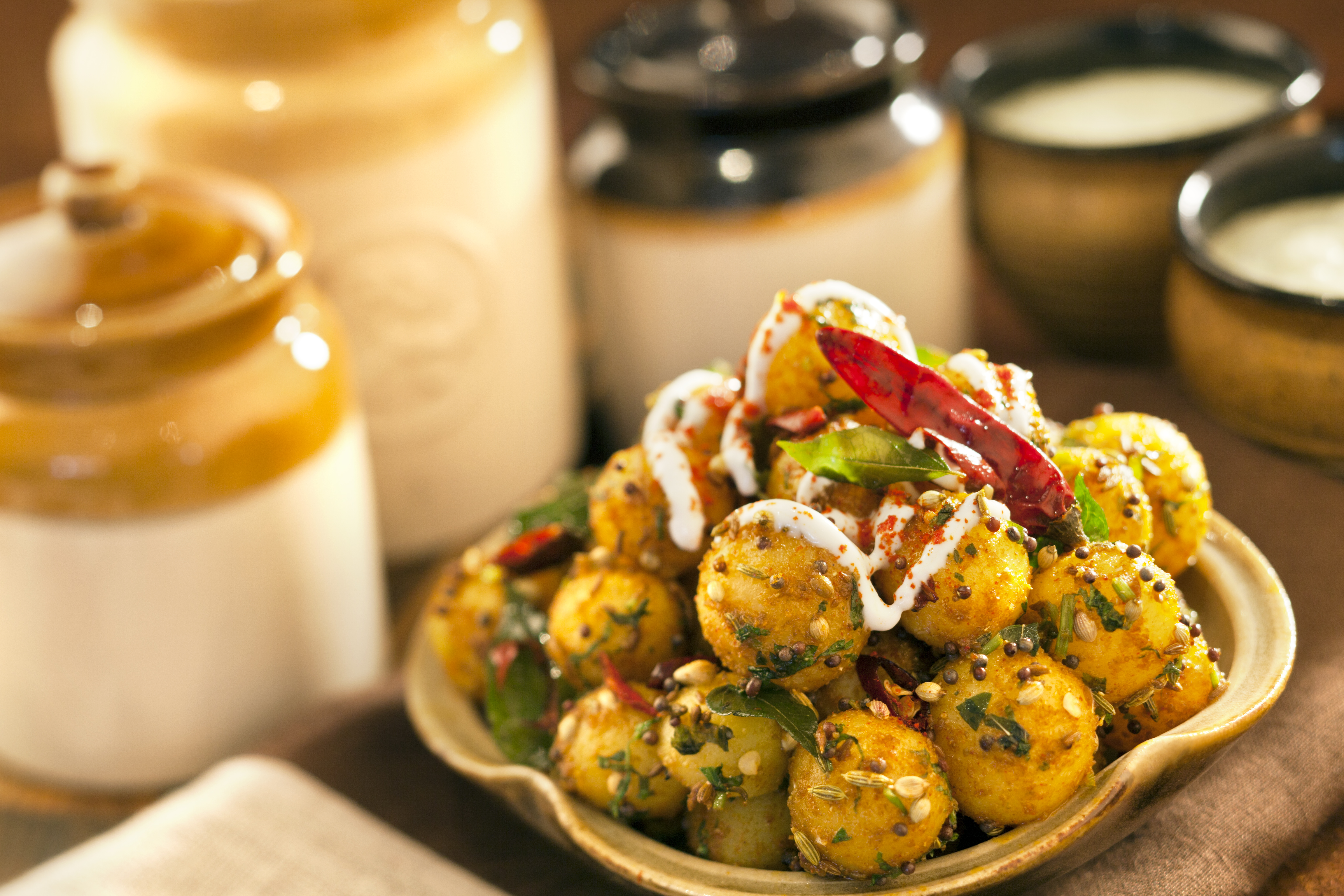
Do it Right
Nigella is one of the seeds used in many famous spice mixes in several countries. From eastern India, a very popular five ingredient spice mix used extensively in Bengal called ‘Paanch Phoran’. The other ingredients are fenugreek, mustard, fennel and cumin seeds. Changing or increasing its quantity in the recipe will spoil the taste and appearance of that dish. Vijay Sethi, Head chef, Punjab Grill (Lite Bite Foods) adds, “nigella seeds have little odour, but when ground or chewed they develop an oregano-like scent. The taste is aromatic and slightly bitter; I have seen it called pungent and smoky and even compared to pepper. There is some amount of pungency in unripe seeds that are not yet completely dry. The spice is mostly used for vegetable dishes and I think it tastes best with aubergines and pumpkin which are the vegetables widely used in Bengal. Like several other Indian spices, the flavour of nigella is enhanced after toasting in a hot dry pan, or frying in a little oil for some time.”
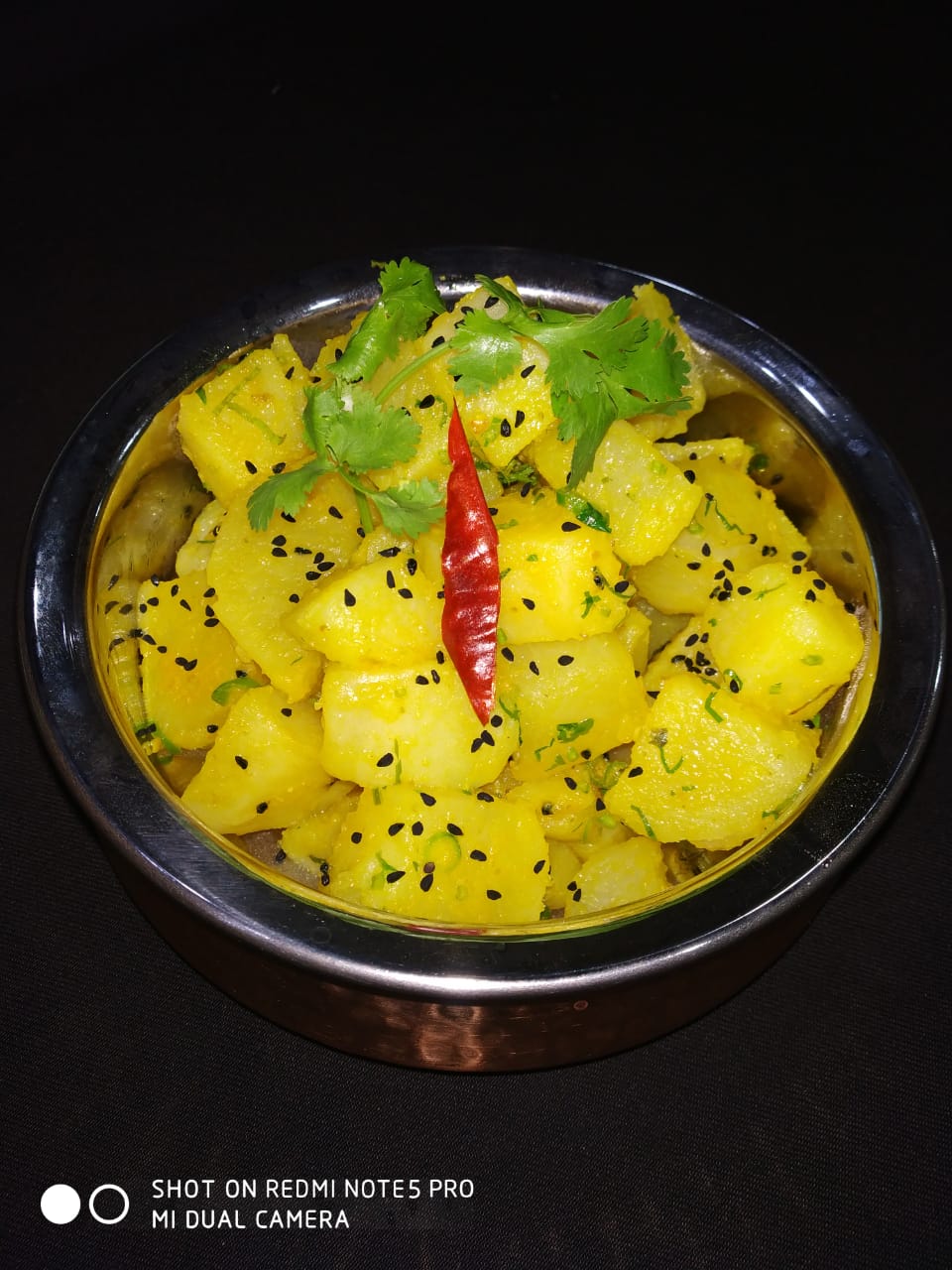
Health Matters
Nigella is known around the world by many names because of its ancient popular history and medicinal value and contains over 100 valuable nutrients. It is comprised of protein, carbohydrates, fiber, iron, calcium, plant fats and oils. “Traditionally, Nigella has been used in India for a variety of conditions and treatments. These include respiratory health, stomach, kidney and liver function, immune system support as well as an anti-allergic, antioxidant and antiviral food,” says Rashmi Ghale, co-founder of PurpleBasil. Though nigella seeds have medicinal value, consuming it in larger quantities can lead to lower blood pressure or lower blood sugar, so it is advisable to use it in moderate quantities while cooking. With an increasing focus on using seeds in cooking, remember Nigella is nice!
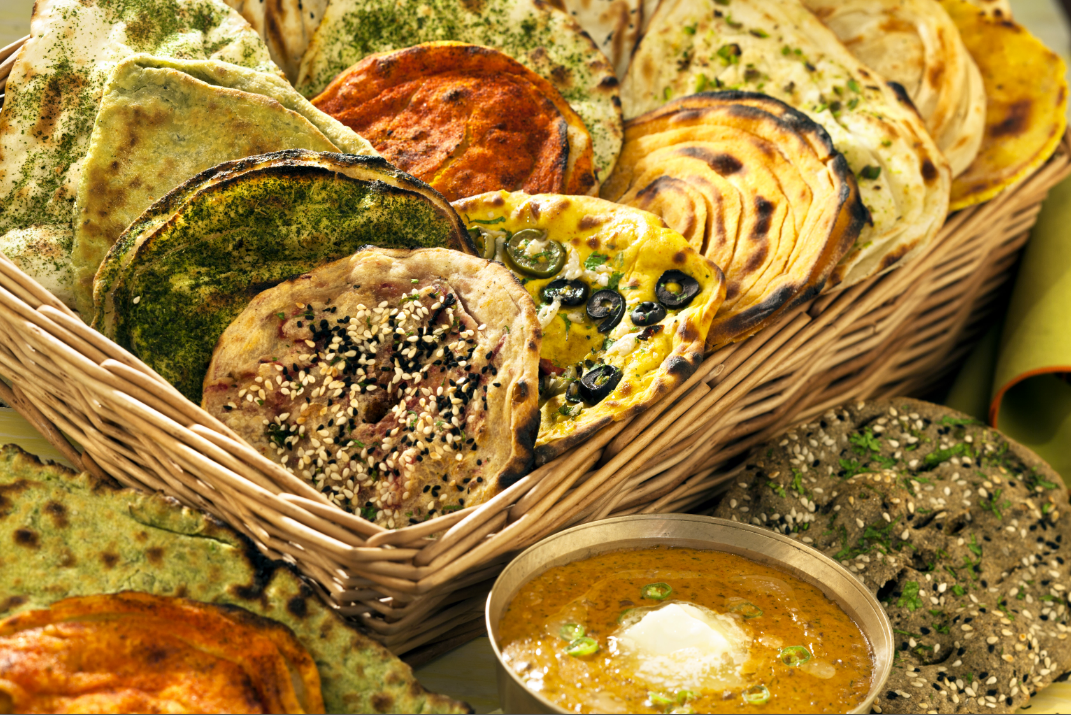
Tips
• Nigella seeds can be used for toppings for baking.
• If used too much it can make the dish bitter, so use sparingly.
• Store nigella seeds in an air tight container.
• It has a nutty, peppery taste that adds value to any curry, stew and dal and is either dry-roasted or tempered in oil before being added to such recipes.
• Toasted nigella can be added to citric pickles to balance the flavour and improve digestion.
• For starters, toast them lightly to release the essential oils.
• Do not put the nigella seeds directly into oil.
• Do not over burn the nigella seeds while toasting.
• Do not keep nigella seeds in the open for long.
Papita aur Kalonji ka Murabba (Courtesy: Chef Ajay Chopra)
Ingredients:
Raw papaya – 250 gms
Vinegar – 50ml
Sugar – 75 gms
Salt – to taste
Nigella seeds – 1 tbsp
Saunf – 2 gms
Method:
Boil vinegar, sugar and a little water.
Add saunf and kalonji seeds.
Add very fine strips of raw papaya.
Cook till raw papaya becomes translucent.
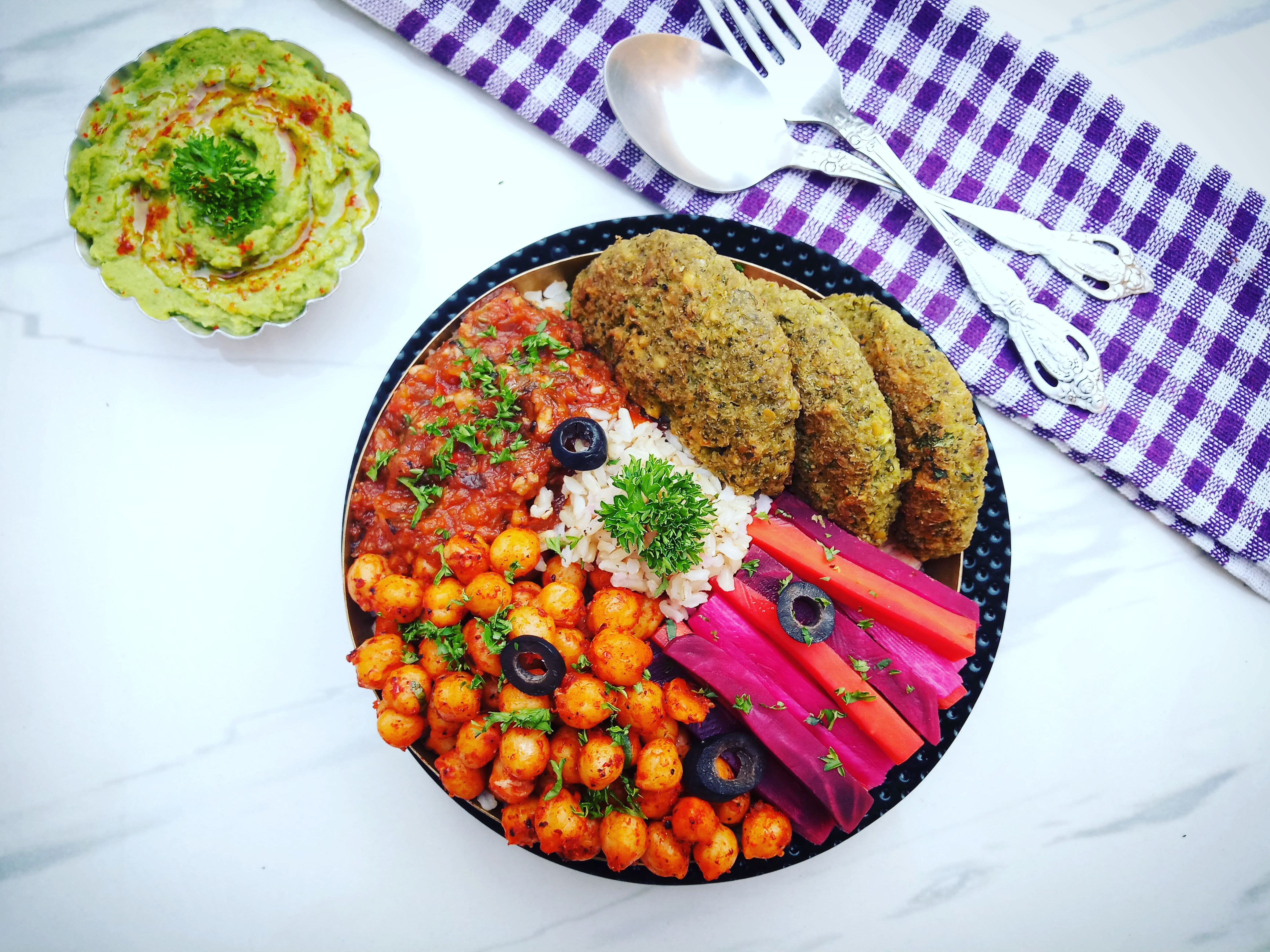
The Mediterranean Bowl (Courtesy: The PurpleBasil)
Ingredients:
Brown rice – 80 gms
Boneless chicken (breast) – 100 gms
Chikpeas – 125 gms
Garlic paste – 1 tsp
Harissa paste – 1 tsp
Shawarma powder – 10gms
Salt, pepper, chili powder, cumin – to taste
Olive oil – 25 ml
Lemon – 2 wedges
Onion – 10 gm
Garlic – 2 cloves
Red bellpepper – 10 gms
Water – 100 ml
Vinegar – 100 ml
Sugar syrup diluted – 50 ml
Parsley – 10 gms
Nigella seeds – 10 gms
Tomato puree – 250 gms
Method:
Mix water, vinegar, and sugar together to make a pickle-liquid. Add veggies of your choice – radish, carrot, beetroot and onion work best. Make this a day in advance.
Add chicken, garlic paste, chilli powder, salt, pepper, olive oil, lemon, and shawarma powder in a bowl. Mix well and marinate for 30 minutes.
Grill them on a grill pan after brushing some olive oil. Leave aside.
Boil brown rice. Season with salt and pepper. Leave aside.
Add cooked chickpeas and harissa paste to a pan, saute them well. Leave aside.
Mix cooked chickpeas, chopped onion, chopped garlic, parsley, pepper, salt, cumin, nigella and olive oil. Squeeze lemon. Grind them coarsely in a mixer.
Make medium size patties of the coarse mixture and bake in OTG at 190 degree celsius.
Add garlic & onion to a heated pan and saute well. Add red bell pepper slices and sauté some more. Add tomato puree and dry spices.
Assemble in a bowl, with the red-rice at the base, and the rest of the ingredients stacked on top. Garnish with black olives and parsley.
This story first appeared in the Sep 2018 of Spicejet’s Spice Route magazine here:
